A Photo Art Story about The amaXhosa initiation or ‘rite of passage’ process amongst young amaXhosa men in South Africa. All photographs ©Lavonne Bosman
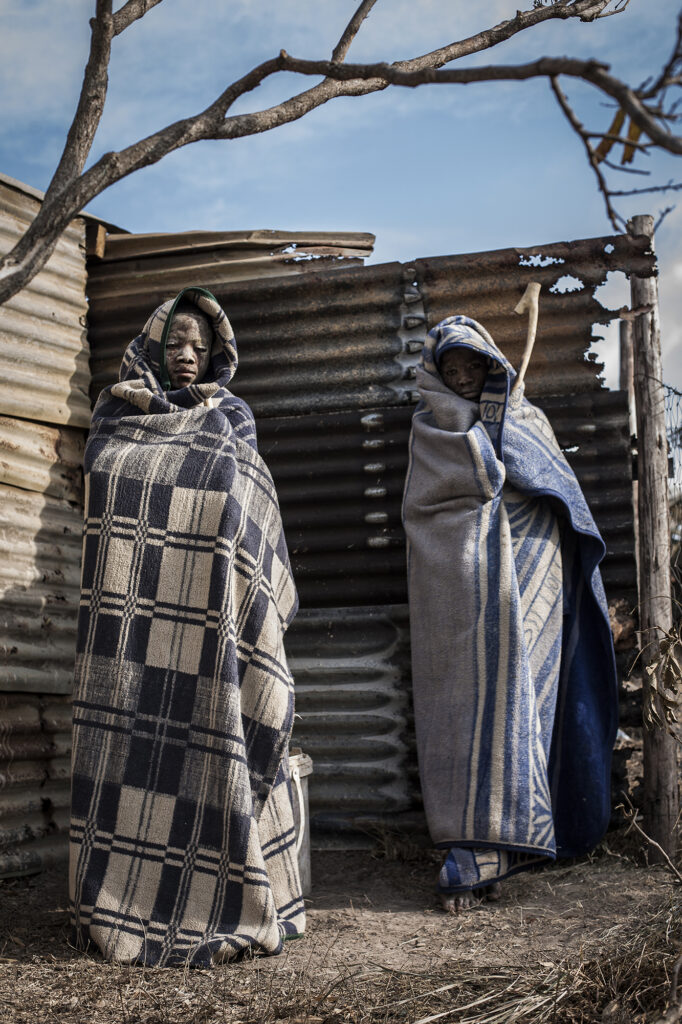
I lived in the rural Transkei (homelands of the amaXHosa)
I used to live in Coffee Bay, the rural Transkei from 2011 – 2013 and visited continuously afterwards. I came to know many locals because I was teaching English and basic literacy to some of the youngsters. I also spent a lot of time visiting people and taking pictures. Thanks to the friendships I built up, I was later allowed a rare glimpse into some of the traditions regarding the sacred amaXhosa initiation process.
The Controversial topic of the amaXhosa initiation
Every year the Xhosa initiation process results in the deaths of many young men because of the circumcision rite performed by medically untrained practitioners. There have been talks of making male medical circumcision compulsory if initiates continue to die in the bush. Nevertheless, people still choose to continue with this tradition.
Through conversations I had, I wish to give some insight about the meaning of this rite of passage, from the perspective of the people themselves.
The amaXhosa initiation can be described as a cultural practice that defines manhood.
The initiation process teaches young boys what it means to be a man in the family and in the community. To understand what it means to be a man, one must understand the concept of Isidoda.
Isidoda is the dynamic cultural understanding of life by traditional Xhosa men, who believe they are chosen by Qamata (The Source) to be the leaders of their nation.
Indoda is a circumcised Xhosa male that is part of the circle of tge ‘understanding of Isidoda‘ (plural). He is respected as a man and expected to part from the childish things of boyhood. He is now accountable for responsibilities towards his family, community and the environment. In sharp contrast, while a Xhosa male is uncircumcised he will always be seen and treated as a boy, regardless of his age.
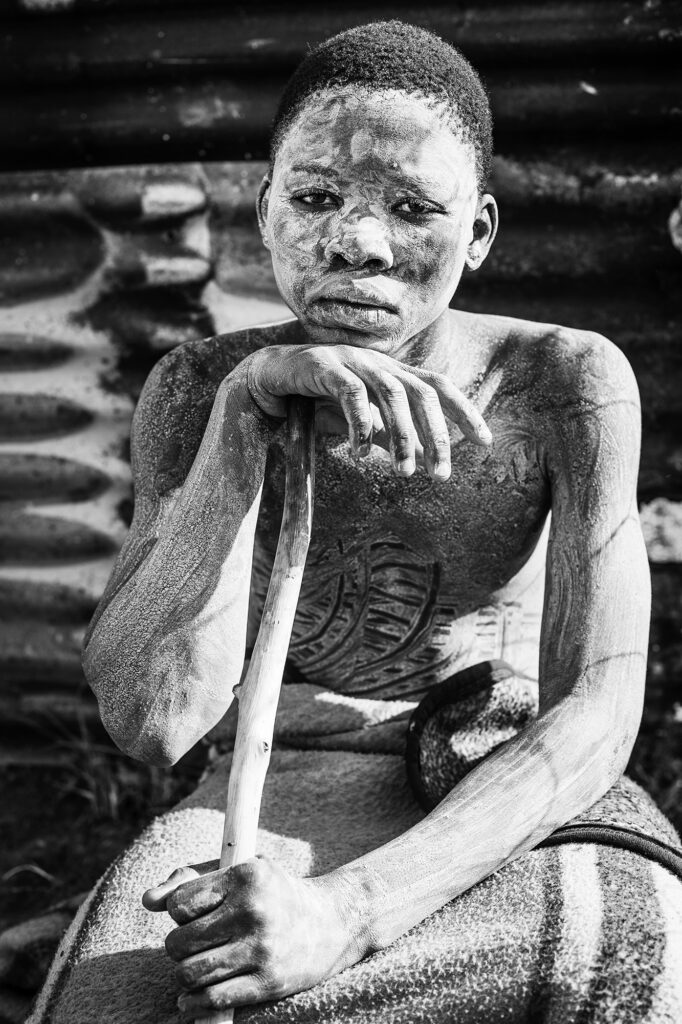
The purpose of the amaXhosa initiation school
The purpose of the initiation school is to isolate the inkhwenkhwe from his normal environment by providing him with a traditional platform (Ibhoma) to undergo the process of breaking him down spiritually, mentally and physically, so as to rebuild him into a new character called indoda.
Before the boy undergoes this process of unlearning and learning and as a symbol of understanding what is all about, he must get circumcised.
However, it is imperative that this task is done by an ingcibi, a traditional surgeon. It should also be done in accordance to the customs of isidoda in order for the inkhwenkhwe’s initiation to be acknowledged by the community as a whole.
Leading up to the physical procedure, boys are mentally prepared by an elder brother or uncle, who talks to them about the meaning of the process. Some also choose to be cleansed by a Sangoma (traditional African witch doctor) with special ‘medicine’. Not too much detail is revealed to the boys beforehand so as not to create too much expectations. In this time of isolation and rebirth the boys are called abaKhwetha (plural of umKhwetha).
The abakhwetha must handle the physical pain
The abaKhwetha must handle the physical pain during the procedure of circumcision without crying out or putting up a fight. Afterwards, they go through a 10 day seclusion and healing time during which they will eat only basic food that consists mainly of traditional porridge. After the 10 days they can go out to hunt for meat, with a special kind of stick and look for other more nourishing food, all the while keeping out of the public eye.
Significantly, an umKhwetha is allowed to ask for special favours during this time and is not expected to be refused. For example, if he requests a chicken from someone and the person refuses, the umKhwetha has the right to steal the chicken without carrying any consequences. Therefore it is better for anyone not to reject the requests of the abaKwhetha. However, make no mistake; this is the last time in their lives that they will be allowed to get away with this kind of reckless behavior.
Depending on his freedom or if he needs to go back to school after the holidays, the umkhwetha spends between a month to three in the ‘bush’, which often has a secluded shelter like a hut or shack, sometimes built especially for this purpose.
amaXhosa initiation BLANKET TIME
During this time he is dressed only in his traditional blanket and his body is covered with mud clay or a type of calamine lotion. The ‘paint’ serves as a type of mask that hides the true identity of the person. Interestingly, in this cocoon stage of his transition from boy to man, he is seen as a person who knows nothing.
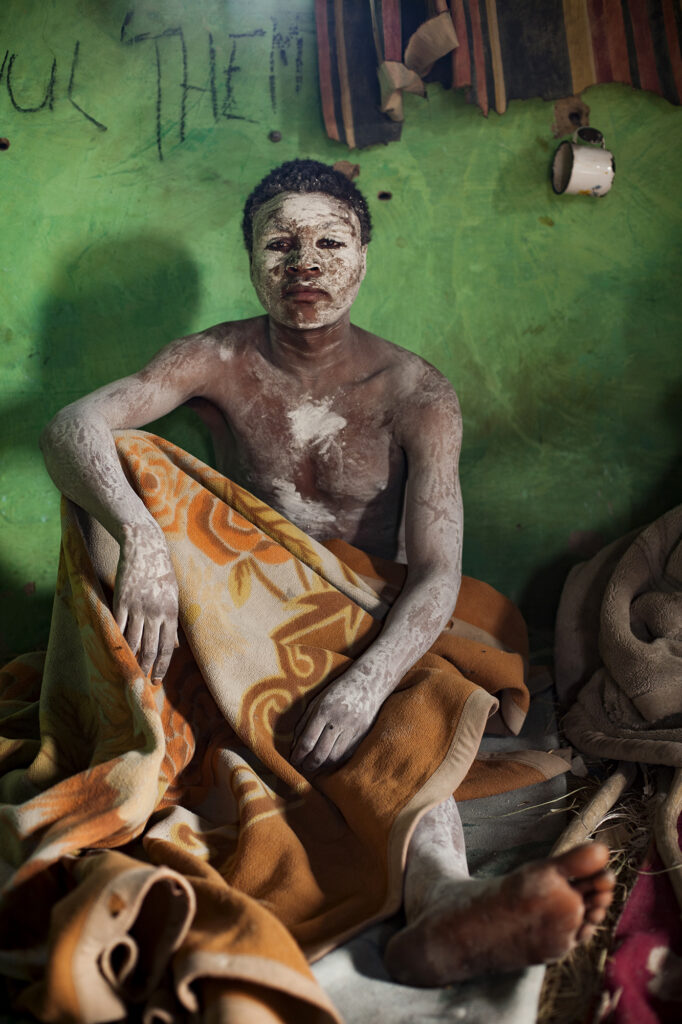
The umkhwetha is naked under his blanket in order to learn to get along with absolutely nothing and to be inspired to start doing something useful, like hunting for food.
TRADITIONAL guardian
During his ‘blanket time’ the umkhwetha and his family normally choose someone of influence who is called an inkhankatha, a man who looks after him as his traditional guardian and nurse. His purpose is mainly to tend to the safe healing after the circumcision and to avoid infection. In addition, the inkhankatha is responsible for effectively imprinting the values of Isidoda onto the new man. During this time the young man is also given a new name that often depicts the responsibilities he has to take on as a new man.

Important lessons
One of the most important lessons to learn is to have respect for other people. However, the seriousness of initiation school can differ from area to area. Lessons must be learned and if students do not get the answers right, they may get beaten with a stick. There is also a secret men’s language that is taught, so that a person’s manhood can be proven at any later stage in life when he is surrounded by other men.
There are certain unwritten rules that abakhwetha should abide to during the AmaXhosa initiation
It is still frowned upon to use Western medicine when medical complications arise during initiation and can even result in ‘disqualification’.
The young initiates face a number of health risks when undergoing a ‘bush’ circumcision with untrained practitioners. Problems such as eye infections (sometimes caused by the smoke from the fire that burns day and night inside the hut) frequently occur. Should it become serious and the umkwhetha needs to go to a hospital for treatment, he stands a great risk of not being recognized as a man on his return.
Initiation is seen much like any other school: if you fail your exam it means you do not pass your grade. If you fail to meet the standards of the tradition that has been upheld from generation to generation over the ages, you fail your initiation. This will implicate a person never to be treated with respect by other men. It means that you will not be allowed into meetings where only men are allowed. At communal gatherings you will be considered and treated the same as women or young boys.
The moment of becoming a man
It is hard to know the exact moment when someone becomes a man: it could be when he shouts: “Ndiyindoda!” (I am a man!) right after circumcision. Or it could be around the time he goes down to the river to wash off the clay, after being in the bush for weeks.
Some say it is when he has his celebration afterwards. All the community members come bearing gifts and give advice to send the new man on his way. It may even be only much later in his life when he has learnt all the important lessons in life a man should know.
The celebration at the completion of the initiation is a very important event.
Firstly, the umkhwetha can throw away his blanket. Secondly he will burn his old clothes and sometimes also the hut that he stayed in (as a symbol of his past life). After that he washes himself in the river and puts on a new suit (a gift from his family) so that he can finally go home as a new man in his community.
Neighbors bring gifts in the form of money, chicken or sheep and each person is allowed a moment with the new man to impart best wishes and wise words about life. When I asked my friend what he would say to someone at this important point, he replied that he would give him the advice he had himself been given:
“Don’t sit at the shebeen (traditional bar). Go find a job, keep the job and don’t leave it until you have found a better job.”
At this point the new man is expected to find a piece of land to build his home and start taking responsibility for having his own family. Young men can live on their own from as young as 16 and some are lucky enough that their parents can help them build their own house. Some parents have been preparing their sons for years to take on this responsibility when the time arrives.
The initiation process leaves a great sense of pride in those who have successfully completed it. After this experience a person recognizes how foolish he had been in his earlier life and starts to see life in a different way. He now has to take responsibility to look after himself and other people.

Although there are certainly medical issues that need to be addressed, I believe it is of the utmost importance for this culture to keep the tradition of the initiation alive in order to instill the values of Isidoda in every Xhosa man.
A special thanks to Bhoyana, Zukho, and the other young men for allowing me to witness such a rare glimpse of this precious transition time. A big thanks also to Big Nhaza, Ipoetry Ka Nqo and my friend Danica for helping me put this story together.
Lavonne
Please note that all photographs are Lavonne Bosman ©copyright protected. If you wish to use this article or images in any form please contact me. Thank you.
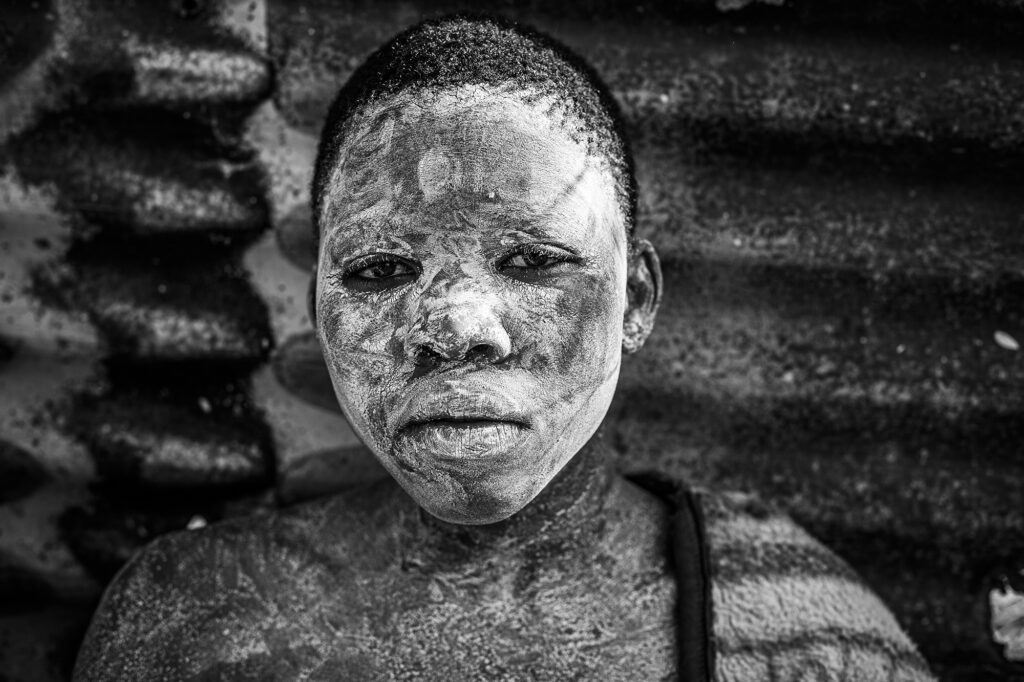
TAGS
#abakhwetha, #circumcision in South Africa, #initiates, #manhhood, #ulwaluko, #umkhwetha
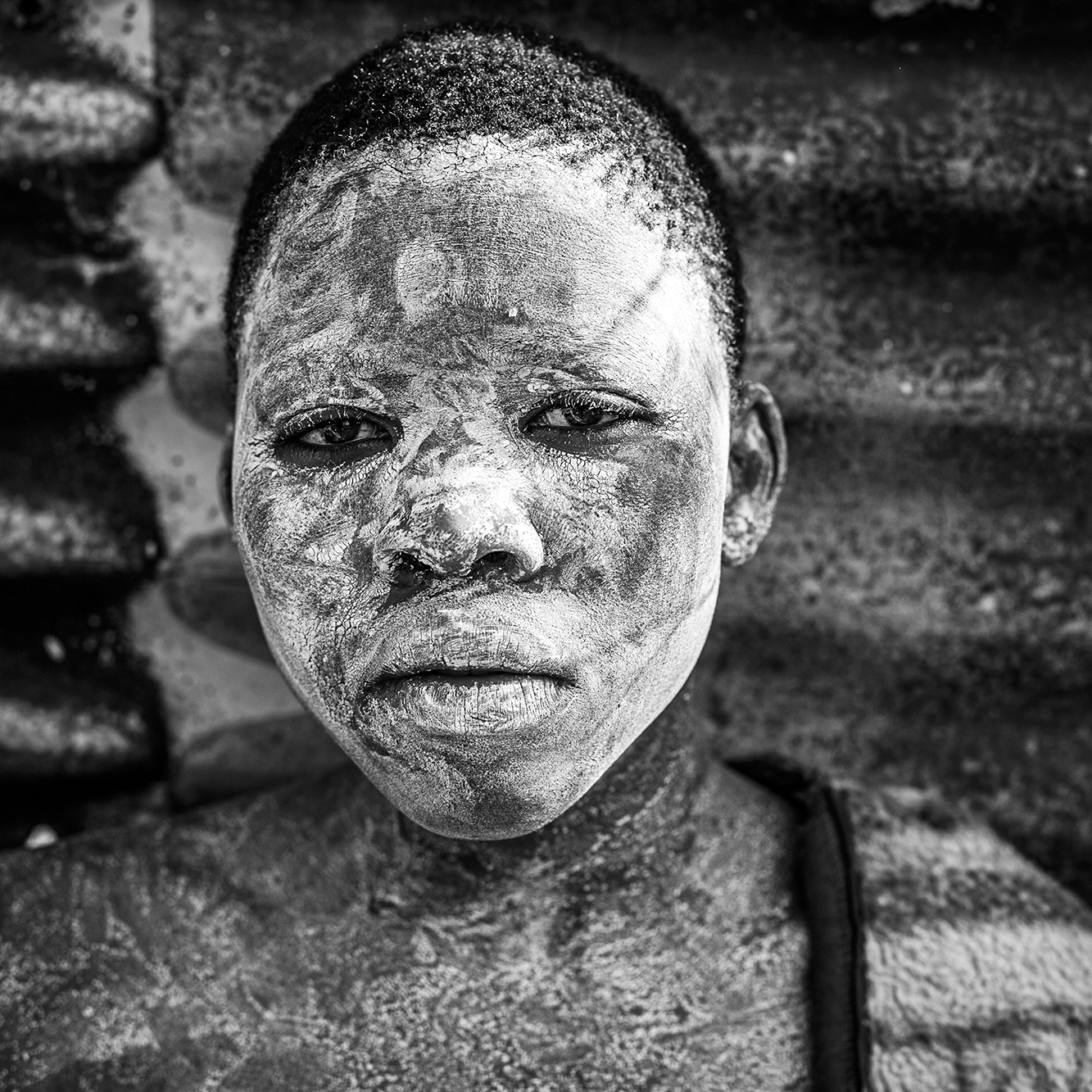
Reply
You must be logged in to post a comment.